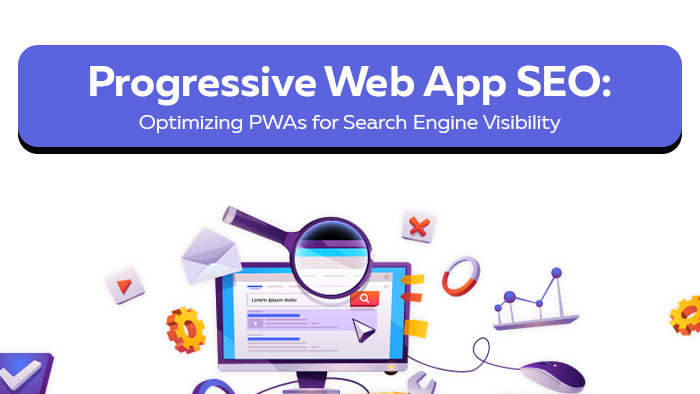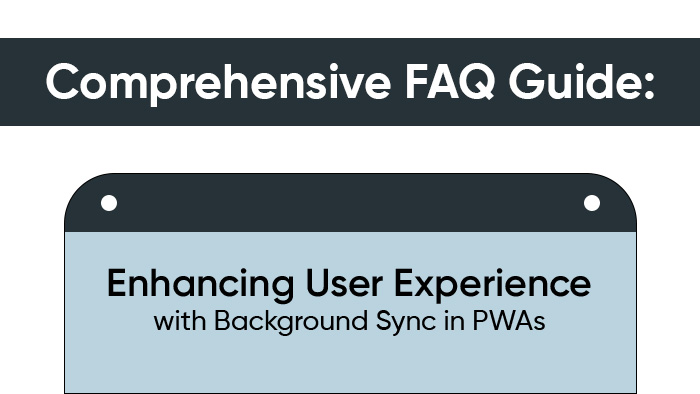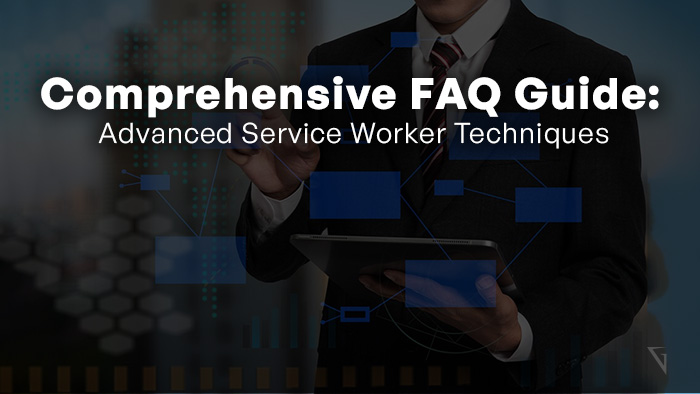
Progressive Web App SEO: Optimizing PWAs for Search Engine Visibility
With the rapid growth of Progressive Web Apps (PWAs), the need for effective search engine optimization (SEO) strategies has become increasingly important. Optimizing PWAs for search engine visibility is crucial in order to enhance their online presence and attract a wider audience. This article aims to explore the key factors that should be considered when optimizing PWAs for SEO, as well as best practices and technical techniques that can be employed to boost search rankings. By leveraging user experience and tracking SEO performance, businesses can maximize the potential of their PWAs in terms of attracting organic traffic and achieving desired conversions. Key Takeaways SEO plays a crucial role in enhancing the visibility of Progressive Web Apps (PWAs) on search engines. Mobile optimization is of utmost importance for reaching a wider audience and improving search engine rankings. Social media engagement can positively impact search engine rankings for PWAs. Optimization techniques like content and keyword research, technical SEO, and leveraging user experience can significantly boost PWA search




